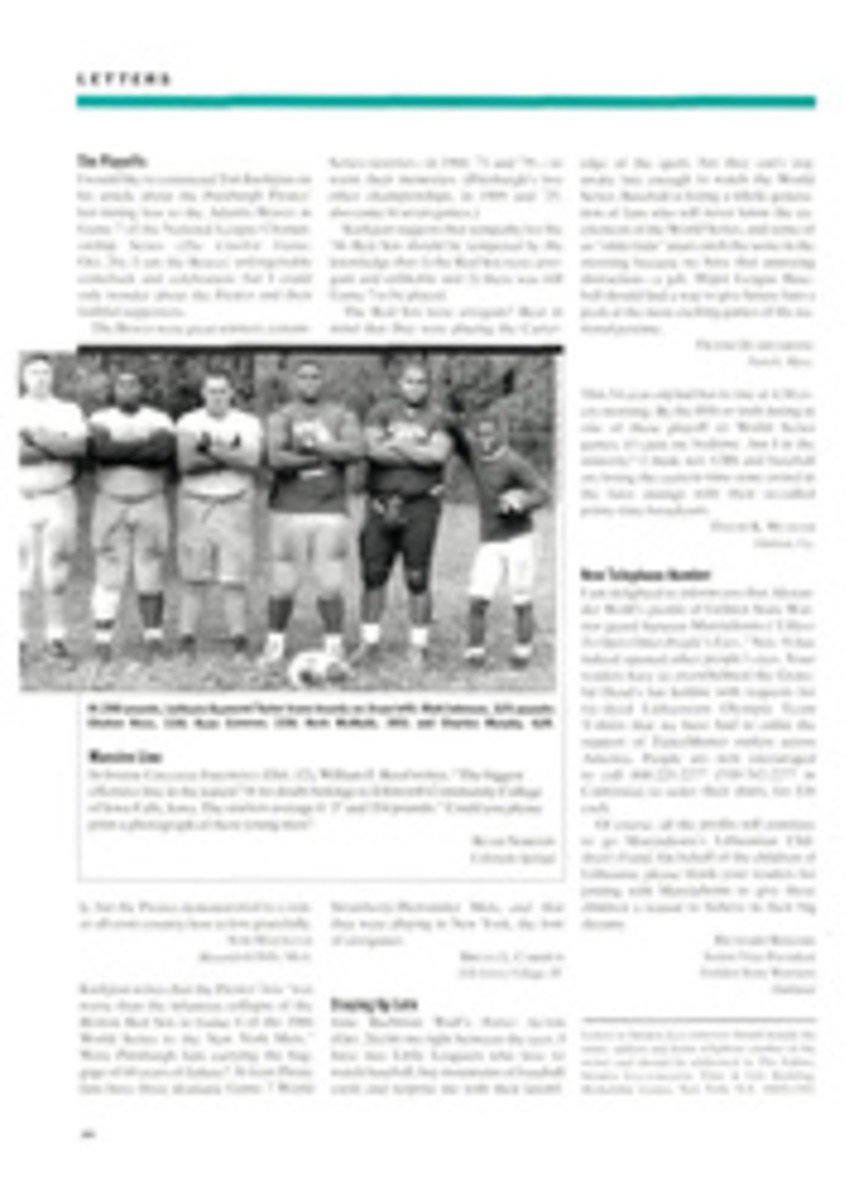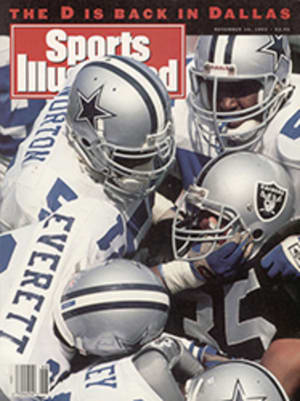
The R2-D2 of Ping-Pong
Last June, when SITCO USA, a table tennis equipment company in Portland, Ore., delivered its highly sophisticated table tennis robot to the U.S. Table Tennis Association (USTTA), the robot was immediately put to work. Its first hitting partners? Members of the U.S. national team bound for the Summer Olympics.
Acutely aware that the country has had a dearth of elite table tennis players, the USTTA hopes the robot will help U.S. athletes do better in international tournaments. That kind of success, the USTTA reasons, might spark an interest in the thousands of kids who see Ping-Pong as simply rainy-day basement recreation.
Table tennis robots, which fire a new ball for each shot, have been around for nearly two decades, but earlier models were of limited practical use for world-class players. These machines were unable to mimic the natural flow of a point: they could not alter the spin, speed or placement of the ball from shot to shot; and they could not serve.
"With the old robots, there was no element of surprise," says Jim Butler, 21, who represented the U.S. in singles and doubles competition in Barcelona. "You didn't have to anticipate the shots, because the robot always looped the ball to the exact same spot on the table."
The new robot's "brain," actually a personal computer, enables it to simulate the variety of shots that a human can produce. A few simple commands typed into the computer's keyboard permit the robot to play at widely different skill levels. When it designed the computer's software, SITCO listened to advice from Butler's Olympic teammate Sean O'Neill, who is a computer-science major at George Mason University in Fairfax, Va. O'Neill, 25, has been a national team member for the past seven years. SITCO shipped the new robot directly to his hometown of McLean, Va., where the rec room of the Holy Transfiguration Church would be converted into an official Olympic training site.
"The programs are extremely sophisticated," says O'Neill, who spent his free time while training for the Olympics fine-tuning the robot's software. "Everything from temperature to barometric pressure to altitude is factored into the mathematical equation that is used to establish the arc, or flight, of the ball."
It seems a misnomer to call this high-tech machine a robot, because its appearance is so decidedly low-tech. For starters, the four-foot-high, 700-pound contraption doesn't move. And unlike Star Wars's chipper R2-D2, it doesn't emit monosyllabic sounds. Its green, cylindrical body stands guard at one end of a table, surrounded by a net-and-funnel apparatus that captures returned balls and sucks them back into the machine. If it weren't for the personal computer and its stand, located an arm's length from the ball machine, the robot might be mistaken for an office watercooler.
Computer software allows the robot to aim a shot with amazing accuracy and to vary the speed and the spin of each ball. The robot can spew up to 40 balls per sequence at varying intervals—as fast as a superhuman .4 of a second between balls. Not only can the machine replicate complete points, but its style of play can also be adjusted from all-out attacker to defender to looper.
The USTTA and national team members who have practiced with the robot at the Olympic Training Center in Colorado Springs are cautiously optimistic about their latest training aid. "Certainly for spending time on your own it's a useful tool," says Butler. "But it remains to be seen just how effective it is and if it can enhance our training and give us things we can't get from each other."
O'Neill says that "ultimately, the robot will be voice-activated so that you'll be able to control it with simple verbal commands—like faster, slower, next shot—without having to stop the flow of your workout to punch in commands."
In the meantime O'Neill and his teammates, none of whom advanced beyond the first round in Barcelona—although they won more matches in this year's round-robin than they had in 1988—will continue to tap into their newest teammate's brain. Who knows? If this high-tech training pays off in Atlanta in '96, maybe more Americans will go low-tech and hit those basement Ping-Pong tables even when it's not raining.
PHOTO
MANNY MILLAN
O'Neill (in red) and Butler worked with the robot before the games.

